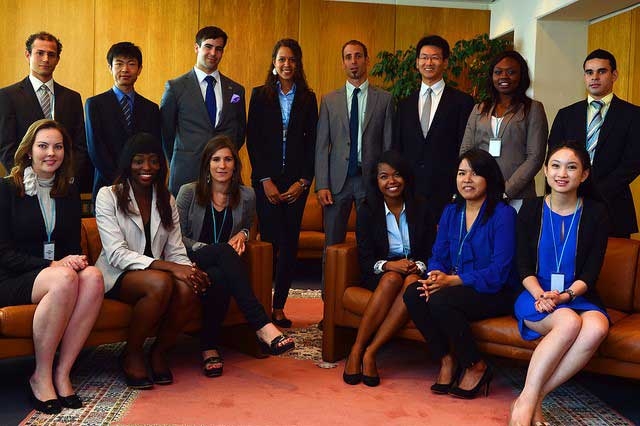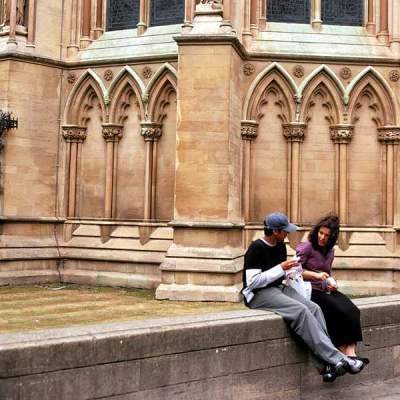I have long been fascinated with the idea of eco and sustainable tourism. As the world becomes more and more conscious about the effect people are having on the earth, businesses are trying to keep up. This is no different in the world of tourism where companies are scrambling to start carbon-offsetting programs, work with greener hotels and to improve their overall image.
One of the interesting debates right now is between the terms eco and sustainable tourism. Generally, eco-tourism refers to no-impact tourism that allows travellers to visit a location while having little to no impact on the nature, culture or people. On the other hand, sustainable tourism focuses more on the financial sustainability of a destination and having a positive effect on the people and environment we interact with. For me, this argument is nonsensical since it is not the terminology we use that is important, but the actions we undertake to steer the industry towards the right direction.
During my post-diploma in International Development, these ideas often came up only to be meet with a sea of criticism. Since many of my colleagues believed no matter how you construct it, tourism can only have negative social and environmental impacts. Though no one disagreed that the financial impacts were great, this was only in the short term. While I began as someone totally pro-tourism, and still am, hearing the skeptics really helped me bring these ideas into perspective.
As part of my soul searching, I spent July to November of 2011 volunteering and travelling in Central Asia, while examining how the region is conducting its tourism. Why Central Asia? To me this region seemed to be the only accessible part of the world not completely saturated by tourism. Though tourism exists, it is by no means a major industry, and with the exception of Uzbekistan and Turkmenistan, a mainly non-governmental organization (NGO)-controlled industry.
Uzbekistan? Kazakhstan? Wait, aren’t those places in Afghanistan and hard to get to? That’s the normal reply one would get about travelling through these countries. Though remote, this area is far from dangerous. But how does one do this? What is the best way to develop the region so that the negatives of tourism do not overpower the positives?
Though the region is spectacular and NGOs are doing a fantastic job with the resources they have, I saw firsthand the positive and negative effects tourism can have. In some communities, elite members were appearing due to ever-increasing funds provided by tourism. As these changes occurred, cultural norms were changing to further cater to those with this newfound wealth. Others, though, were struggling to find the best way to improve the slow increase of international visitors. In my opinion, putting financial and cultural politics aside, the biggest hurdle I saw for these organizations was just reaching an international demographic.
It will be interesting to see how the region develops in the next five to ten years, not only in terms of tourism, but in general. Kazakhstan, with its huge deposits of natural resources, is already becoming a major player in international affairs. Meanwhile, Kyrgyzstan and Tajikistan have lifted their restrictions allowing citizens of more than 40 countries travel in the region for 90 days without a visa. With increasing access and international curiosity about the region, it will be interesting to see whether this area - that was once the meeting place for nations - can reclaim its role after decades of seclusion. Is this the Silk Road reborn? Only time will tell!
Michael Soncina is a sustainable tourism enthusiast from Toronto, Canada. He holds an Honours B.A in East Asian Studies from York University and a Post Graduate Diploma in International Development from Humber College. He has lived in Singapore, WWOOFing, and has worked with youth groups as a volunteer throughout Japan. He completed an independent study focusing on the forgotten Japanese tourist locations and the communities around them. This past summer, Michael went to Kyrgyzstan to intern with the organization “Hospitality Kyrgyzstan,” also known as CBT Kyrgyzstan.
Add this article to your reading list


